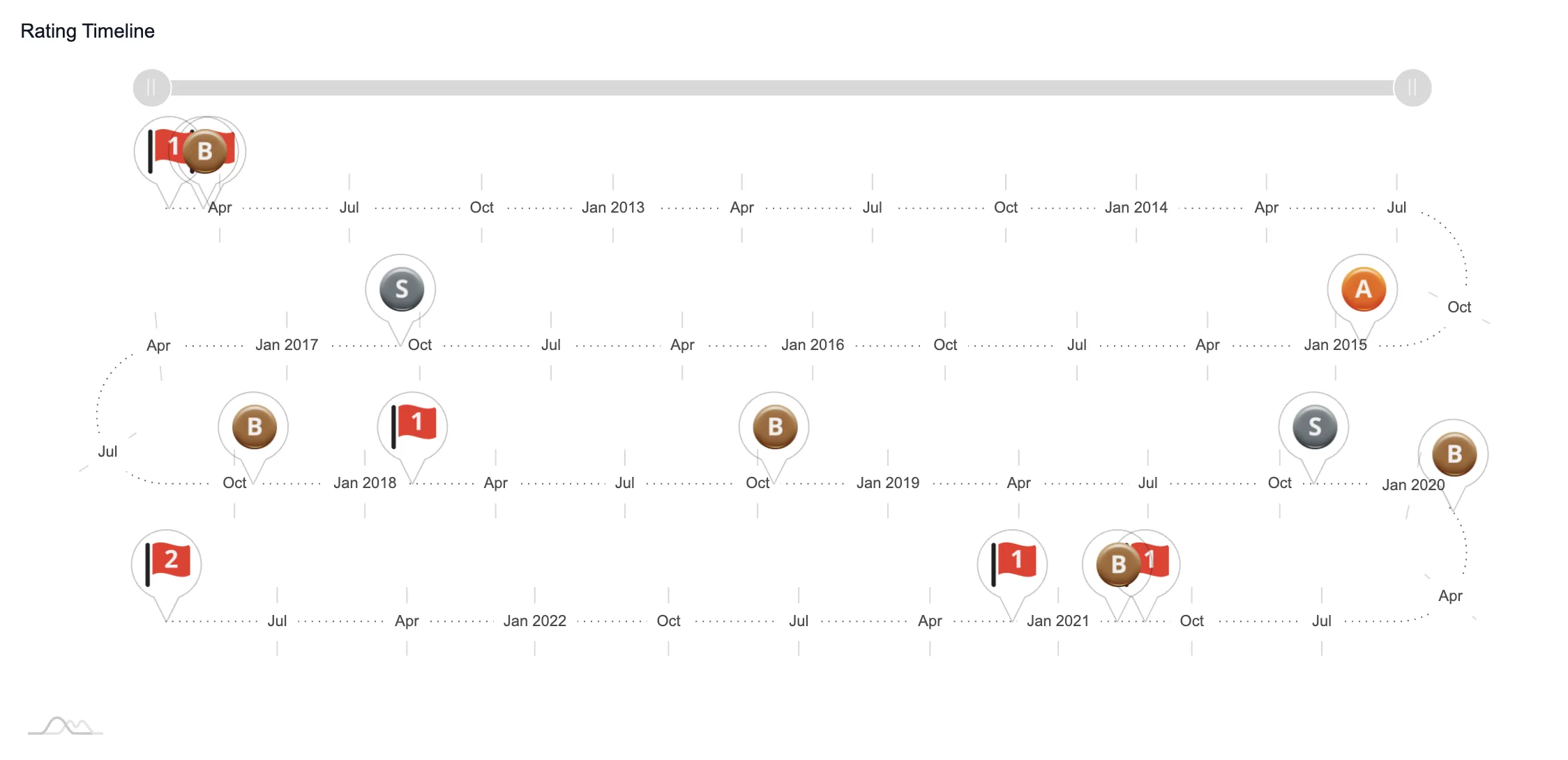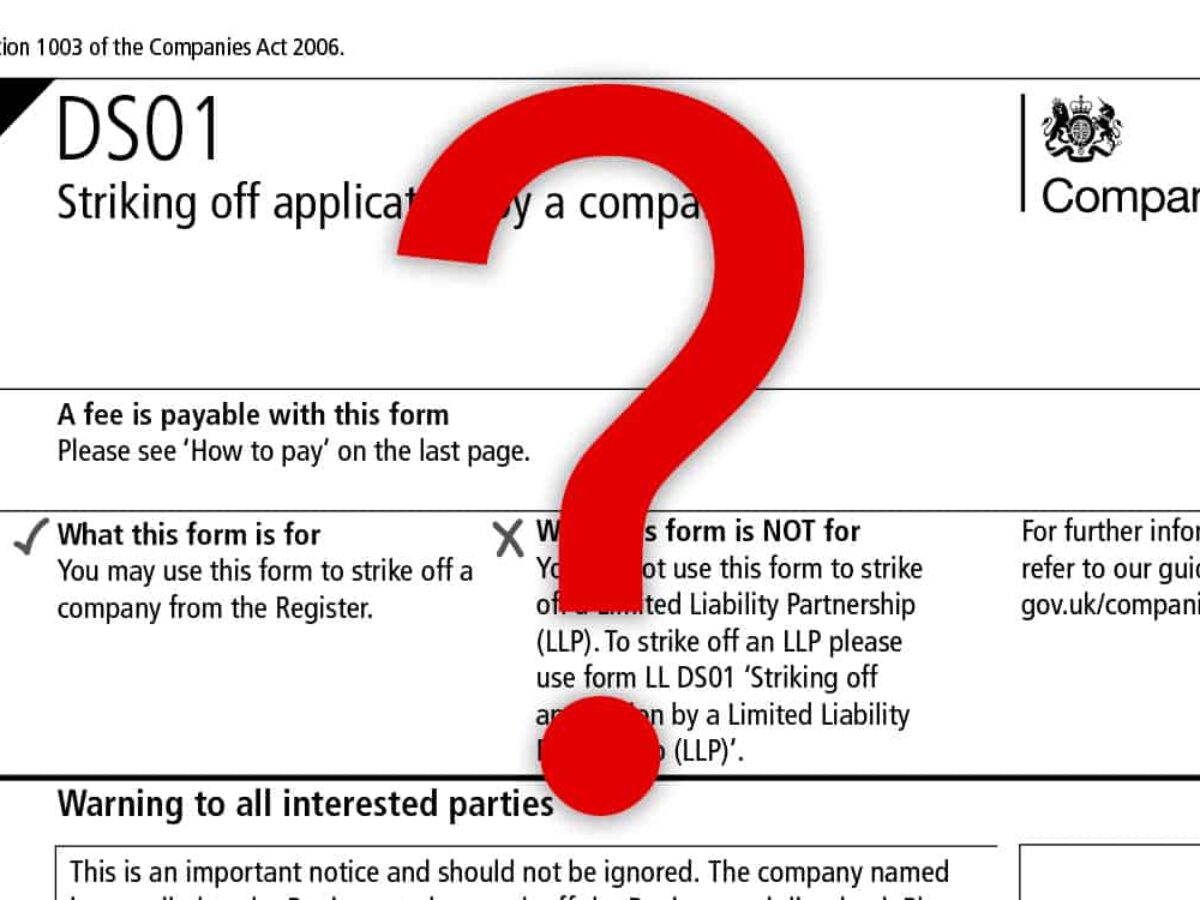A Comprehensive Guide to the Compulsory Strike Off Procedure in Corporate Governance
The obligatory strike off procedure, a critical component in business governance, offers as a mechanism to apply compliance and keep the stability of the service environment. As services evolve and conditions change, the need to strike off a company might occur for different factors.
Reasons for Compulsory Strike Off
There are a number of vital factors that may trigger the initiation of a required strike off procedure for a company. Non-compliance with regulative demands can increase worries regarding the firm's operations and monetary health and wellness, leading to the choice to strike off the business from the register.
In addition, firms that have actually discontinued trading or are no more accomplishing any kind of organization tasks might also face mandatory strike off. This could be due to insolvency, mergers, or merely a decision to wind up the firm. In such instances, keeping the business on the register would serve no purpose and could potentially create complication amongst stakeholders.
Eventually, the requirement of an obligatory strike off in business governance develops when a business is no longer operating in conformity with the legislation or has ended up being inoperative, requiring its removal from the authorities documents.
Lawful Ramifications and Risks
Provided the scenarios that trigger a mandatory strike off in corporate administration, it is vital to understand the lawful implications and threats connected with such activities. When a business is struck off the official register, it discontinues to exist as a lawful entity. This can have major consequences for financial institutions, shareholders, and supervisors. Directors might face individual liability for firm financial debts incurred after the dissolution, revealing their assets to possible seizure. Shareholders lose their financial investment in the business, and financial institutions may locate it challenging to recover financial debts owed to them.
Moreover, there are legal effects for individuals associated with the monitoring of a company that has been by force struck off. They might be invalidated from serving as supervisors in the future, face fines, or even imprisonment if misbehavior or illegal activities are uncovered. Furthermore, the reputational damages from a compulsory strike off can have long lasting impacts on people and their capacity to take part in future business endeavors. Recognizing these lawful implications and risks is vital for all stakeholders entailed in the company governance procedure to ensure and navigate potential pitfalls compliance with the regulation.
Steps in the Strike Off Process
Starting the compulsory strike off procedure in business administration includes a series of prescribed actions detailed by regulatory authorities. The initial step typically requires the firm to submit an official application or notice to the pertinent federal government agency or registrar signaling its intent to be struck off the main register. Ultimately, the business is often needed to settle any kind of exceptional responsibilities, financial obligations, or taxes to ensure conformity with regulatory demands.
As soon as the preliminary documentation is submitted and economic responsibilities are met, the regulative body will certainly publish a notification in a similar magazine or the main gazette to inform stakeholders regarding the upcoming strike off. This notice serves as a last opportunity for any type of interested events to raise objections or existing legitimate reasons the business need to not be dissolved.
Complying with the magazine of the notice, the regulative authority will wage the strike off procedure if no significant arguments or barriers arise. The business will certainly then be officially liquified, and its name will certainly be eliminated from the register, successfully noting the verdict of the compulsory strike off treatment in business administration.
Records Needed for Strike Off
In conformity with regulatory guidelines, specific paperwork should be supplied to assist in the strike off process in business governance. The needed papers commonly consist of an official application for strike off, which first gazette notice for compulsory strike off requires to be finished accurately and submitted to the relevant regulatory authority. Additionally, economic declarations, such as the firm's most recent annual report, should be included to ensure that all financial commitments have been cleared up before starting the strike off procedure. Furthermore, a statement of solvency or a statement confirming that the firm has no superior obligations is usually mandated to show that the entity can be liquified without triggering harm to its financial institutions. Any type of necessary approvals from investors or board members must be documented and confined with the application. It is necessary to guarantee that all the requisite documentation is thoroughly prepared and sent according to the suggested guidelines to quicken the strike off process properly. Failure to provide the needed documentation might result in hold-ups or complications in the dissolution of the business.
Post-Strike Off Considerations and obligations

Another essential post-strike off consideration is the capacity for the business to be restored to the register. If there is a need to revive the firm after strike off, the procedure for reconstruction must be carefully complied with to ensure conformity with lawful needs.
Final Thought

There are several crucial factors that may trigger the initiation of a compulsory strike off treatment for a company. Non-compliance with regulative needs can raise issues concerning the company's operations and monetary health, leading to the decision to strike off the business from the register.
In addition, companies that have stopped trading or are no much longer carrying out any service activities may additionally encounter compulsory strike off. If there is a requirement to restore the firm after strike off, the procedure for remediation should be meticulously followed to make certain conformity with lawful requirements.In conclusion, the mandatory strike off procedure in business administration offers as an essential system to get rid of defunct business from the register.
Comments on “First Gazette Notice for Compulsory Strike Off Explained”